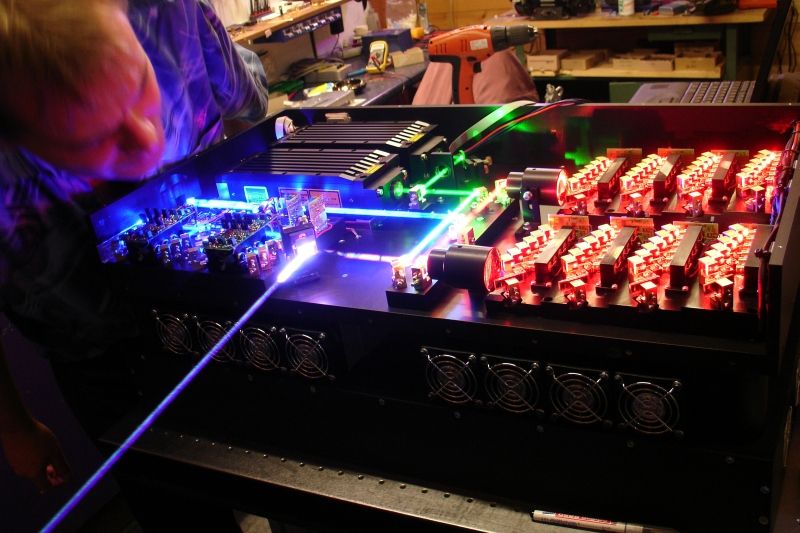blrock
0
- Joined
- Apr 29, 2009
- Messages
- 251
- Points
- 18
Hi,
Now that 445nm have become so affordable I was wondering if it would be possible to combined 10 or so to get one a multi watt blue laser.
I guess you'd lose some power during the process but even 5 watts from 10 diodes would be awesome. I just don't know how to do it. I have prism beam splitters but can these combine the beams?
If so would someone be so kind and show us a drawing.
I'd probably do something crazy and try combined all 24 of these diodes.
many thanks!
Now that 445nm have become so affordable I was wondering if it would be possible to combined 10 or so to get one a multi watt blue laser.
I guess you'd lose some power during the process but even 5 watts from 10 diodes would be awesome. I just don't know how to do it. I have prism beam splitters but can these combine the beams?
If so would someone be so kind and show us a drawing.
I'd probably do something crazy and try combined all 24 of these diodes.
many thanks!
Last edited:










